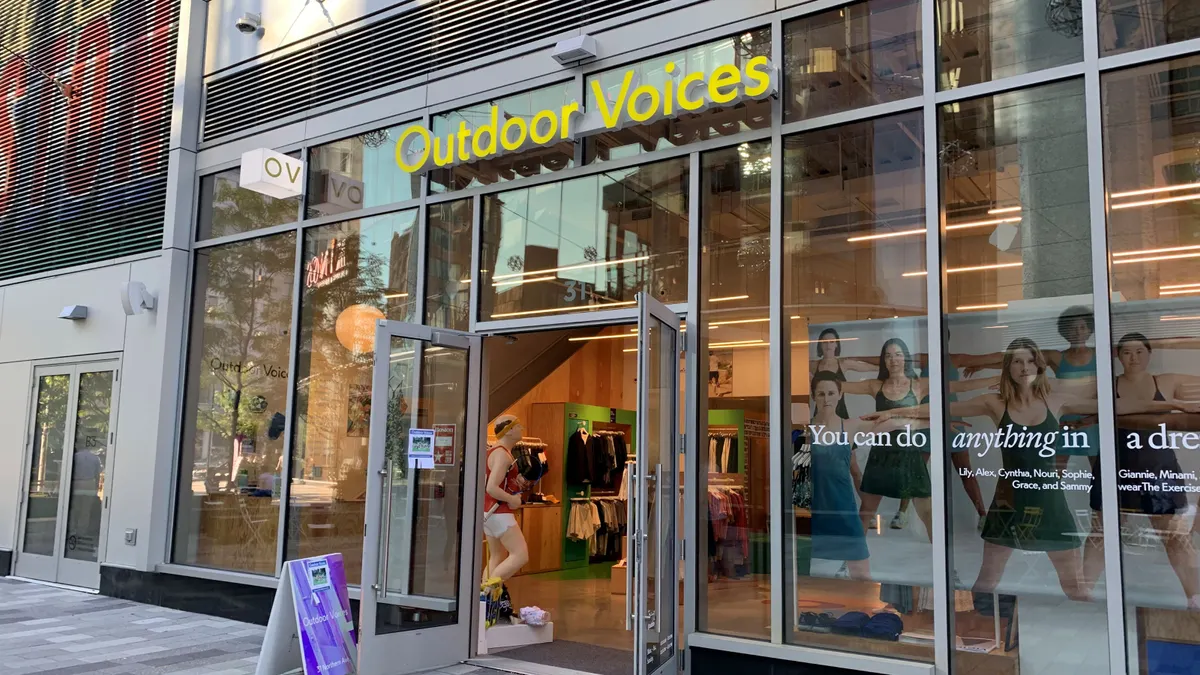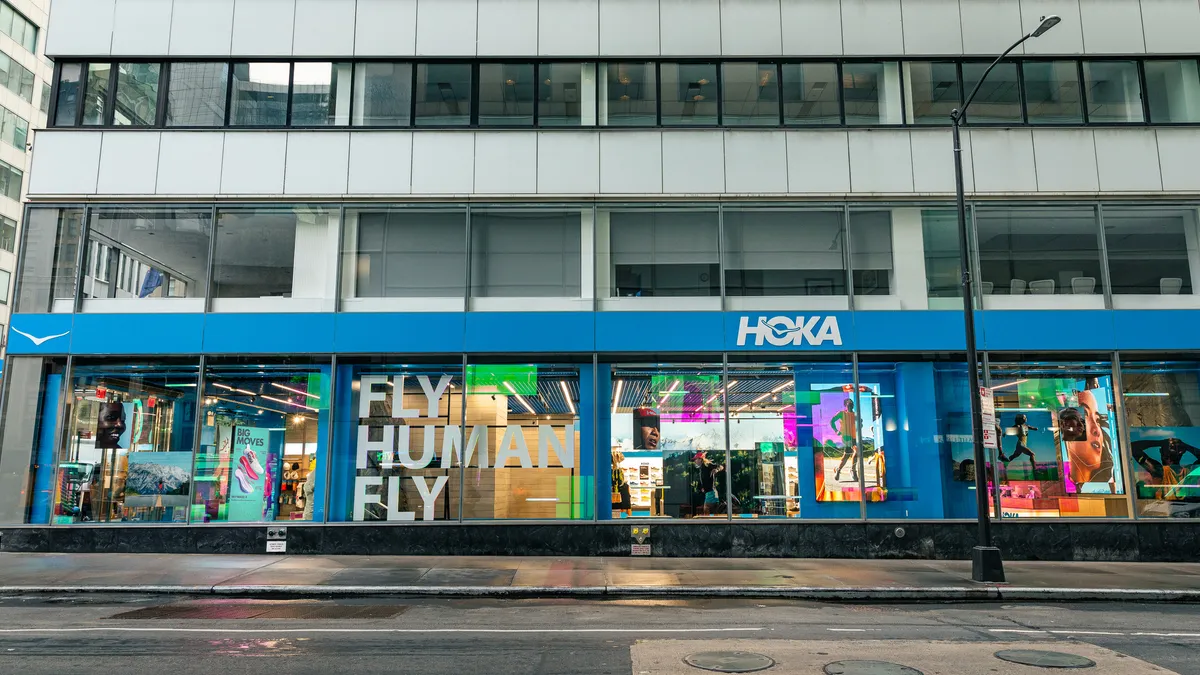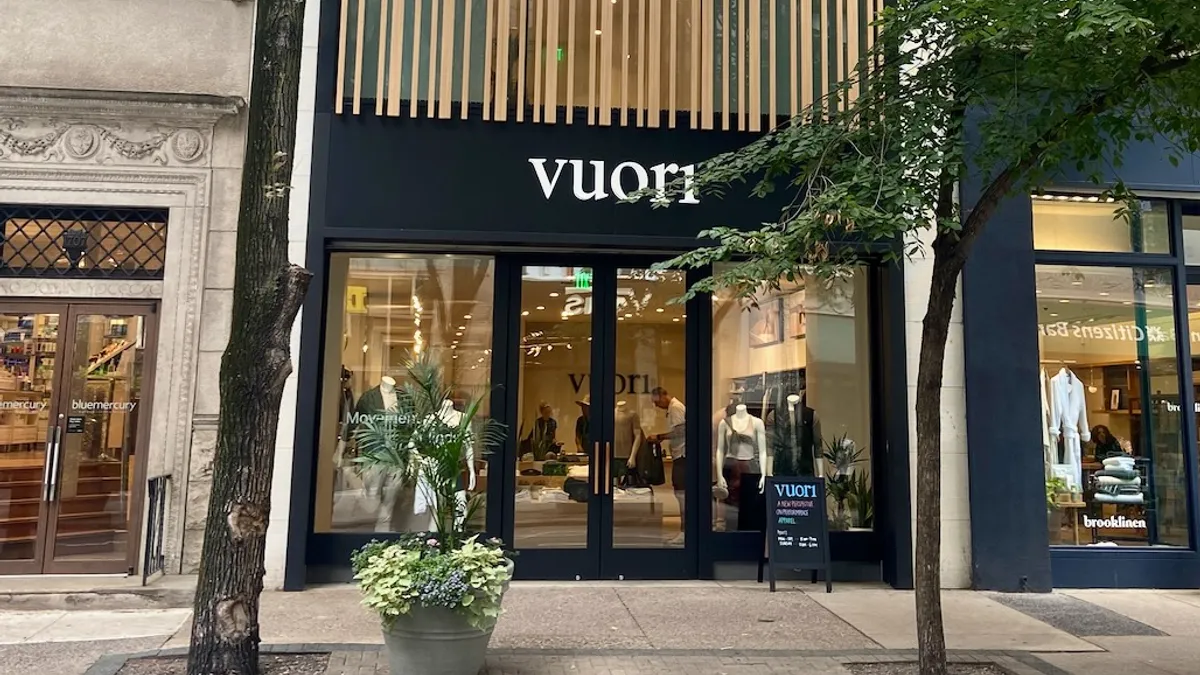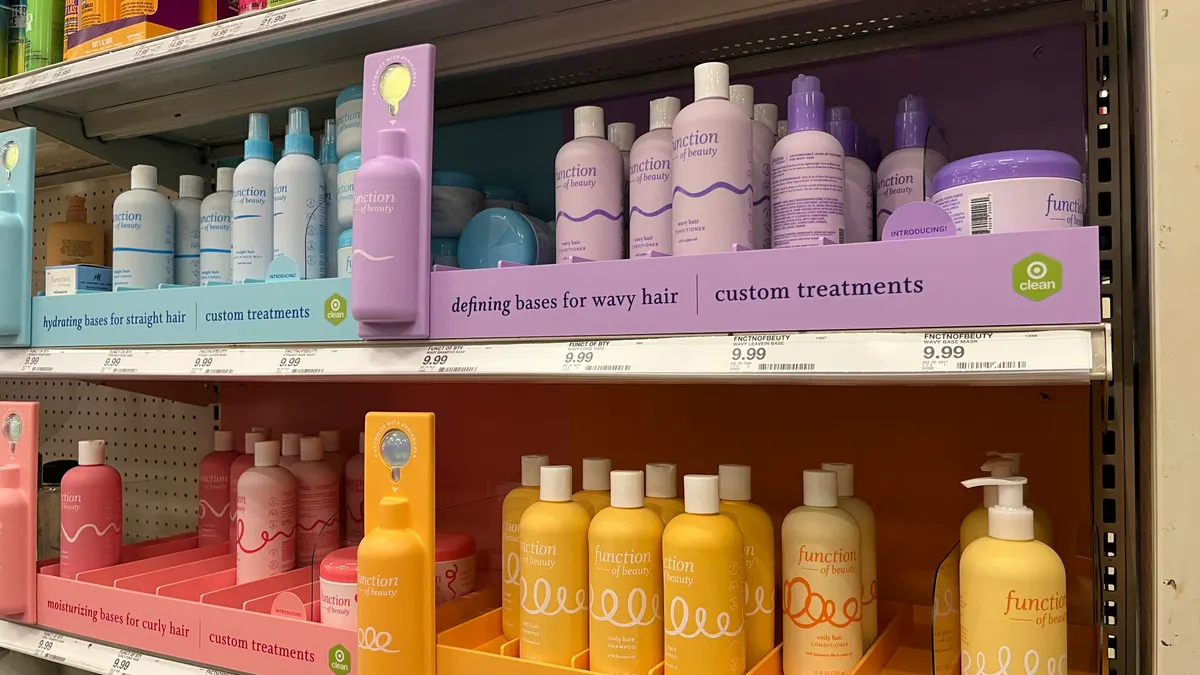Once the purview of magazines and, in retail, music mail order clubs like Columbia House (which, after thriving in the 1980s, actually went out of business just last year), subscriptions have emerged as a retail model with both promises and pitfalls.
This past holiday season in particular had shoppers turning to subscriptions for gifts. On Cyber Monday alone, subscription-based retailers saw a whopping 230% jump in total payment volume compared to other days during the study period, and a same-store sales jump of 73% year-over-year, according to subscription management platform Recurly. Over the four-day holiday shopping weekend (Black Friday to Cyber Monday) same-store subscription sales rose 70% year over year, Recurly found.
“When I look at it, it’s really the curation that’s happening here that’s driving the gift elements of it,” Recurly CMO Fred Felman told Retail Dive. “Curating and the experience of it that sometimes transcends the good itself. The other seed is convenience, although that’s not the holiday story. And another is quality—people renew and that’s what makes revenue go.”
So subscriptions are growing. But we wondered what their limits might be—in terms of retail sectors or product categories—and what the challenges are for retailers who want in on the game.
What’s the perfect subscription retailer?
The poster child these days for subscription retail is probably Birchbox, which didn’t reply to our requests for an interview. Generally speaking, our sources said, beauty and consumer goods in general are excellent categories for the space, though for different reasons.
“The subscription-based approach works well in retail for repeatable consumables, which means when consumers need to renew every four weeks at most,” Isabelle Roussin, chief solution expert at omni-channel customer engagement and commerce solutions provider SAP Hybris Billing, told Retail Dive in an email. “This includes things such as pet foods, wine clubs, groceries (especially organic groceries), beauty goods and fashion items. Differentiation will come from the unique value provided to subscribers, which will retain them through the offering. Some retailers have stood out in their subscription models by bundling the subscription with the right loyalty programs as well as offering discounts on cross-line of products.”
In a way, while Gillette is credited with creating the so-called razor/razorblade model of commerce (sell a product relatively expensively and make money on the items that need replenishment for it to work; see also printer/ink), companies like Harry’s and the Dollar Shave Club have upended the model even further by ensuring that the replenishment package (which may also come with add-on goodies like shaving cream) arrives on a regular basis.
While beauty and consumables have taken off in the subscription space, apparel retailers have had a more difficult time, in part because of the need to keep up with trends and manage and inventory returns. Plus, says L2 senior research analyst John Pham, the curation aspect of subscription retail changes consumer behavior around shopping. That’s more successful with replenishment or sampling models like shave clubs or beauty boxes. But when it comes to apparel “people would prefer to choose their own products,” Pham says. “It takes a little bit of nudging.”
Curating an experience
Curation is also turning out to be a major part of the success of subscription retail, though that may be less true for items like toilet paper or diapers that many people replenish out of bare-bones necessity. But the subscription shaving companies and certainly beauty retailers like Birchbox and Sephora curate their boxes in a way that customers appreciate as much more than filling a monthly or bi-weekly need.
This is a way that subscription retailers (or retailers that offer subscriptions) can tap into the current consumer mood for experiences over stuff—even when it involves stuff.
“What’s interesting is that these players are coming up at a time when personalization is a core value proposition,” says Jenny Shen, senior research analyst, beauty & CPG at benchmarking and research firm L2. “Another value proposition, as with Trunk Club, is the personalization of the experience.”
And Felman says that he believes that box subscriptions were popular as gifts this past season because they were a way to make a statement and gift an experience, without investing in higher-end items like jewelry.
“There are a couple of ways of achieving that long term impression— a watch, a piece of jewelry, something that’s really money,” he says. “Well this is something that comes throughout the year, and it’s not going to break the bank.”
Is there such thing as 'pure-play e-commerce'?
Although subscription retail in most cases began as e-commerce (or catalog commerce, if you think back again to Columbia House), many retailers may find that physical stores bring them many advantages. Shen cites a recent L2 report, “Death of Pureplay,” that argues persuasively that, in essence, there is ultimately no such thing as “pure-play e-commerce” because successful e-retailers eventually open physical stores. That applies in many cases to subscription retailers that start out as e-commerce-only ventures, including Birchbox.
“You’re circling back to where you started,” Shen says. “I think people have realized that, no, we can’t get rid of brick-and-mortar, and in fact the whole is greater than the sum of its parts. It’s like the way Harry’s and Dollar Shave Club, after holding off are now doing TV advertising. These are trailblazers, deviating from tradition, but finding there’s value in these older retail channels and advertising channels.”
Brick-and-mortar may also give subscription retailers some advantages when it comes to fulfillment, which can get tricky. As Shen says, “Logistics for these companies really is a huge question.”
Felman and Shen both pointed to Sephora as a latecomer to subscription retail, but one that is competing very well in the space. In fact, Birchbox's hot success might be starting to cool, announcing last week that it is cutting 15% of staff and ending its Canadian operations in an effort to reach profitability this year.
“Birchbox was queen of the hill for such a long time, and the most well known,” Shen says. “Sephora entering the space is a game changer, especially if it ends up linking its loyalty program with its subscriptions.”
Roussin agrees that omnichannel for many categories is essential.
“While a shopper orders groceries online, he may still prefer to pick up the order in-person on his way home from work,” she says. “Regardless of the amount of channels to keep in mind, it’s important that there is consistency when it comes to flexibility of payments terms and conditions."






















